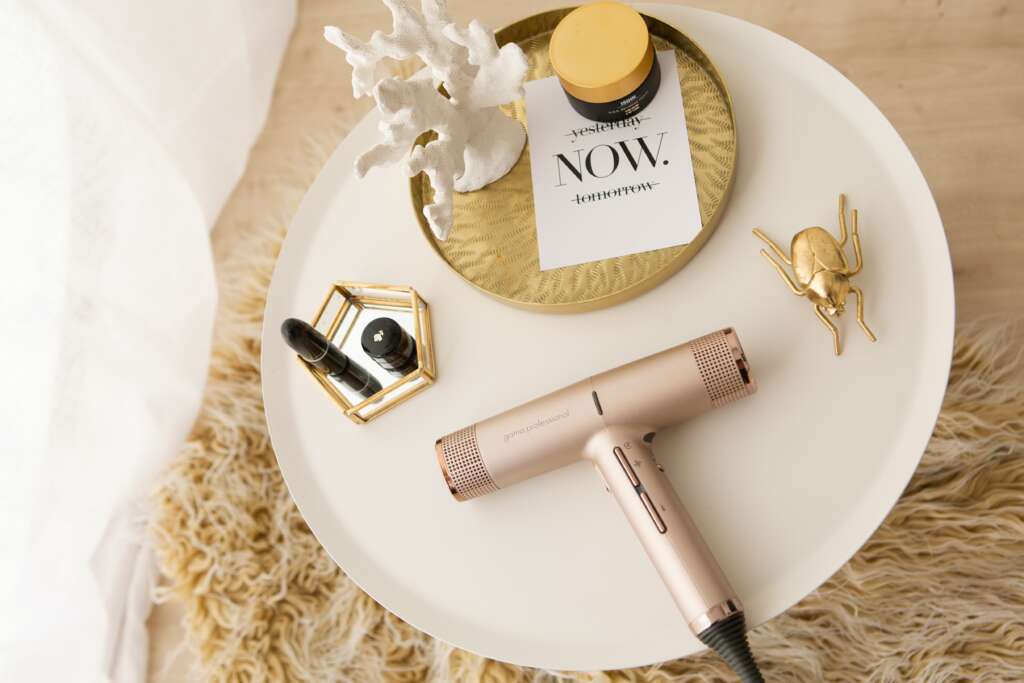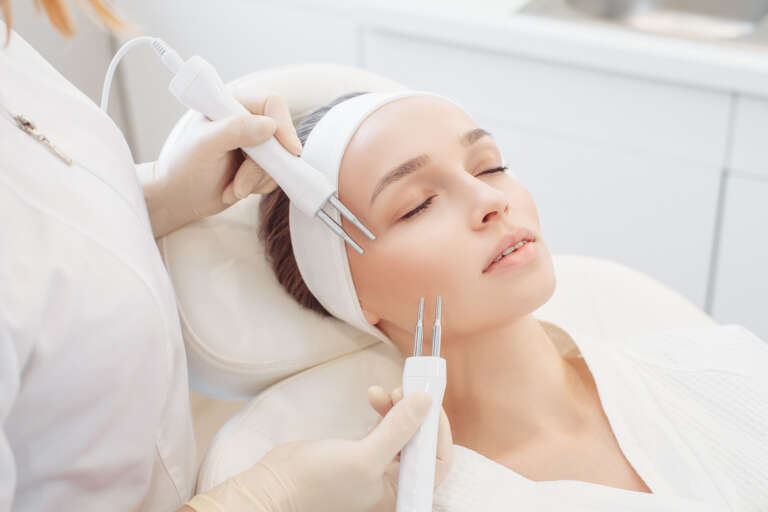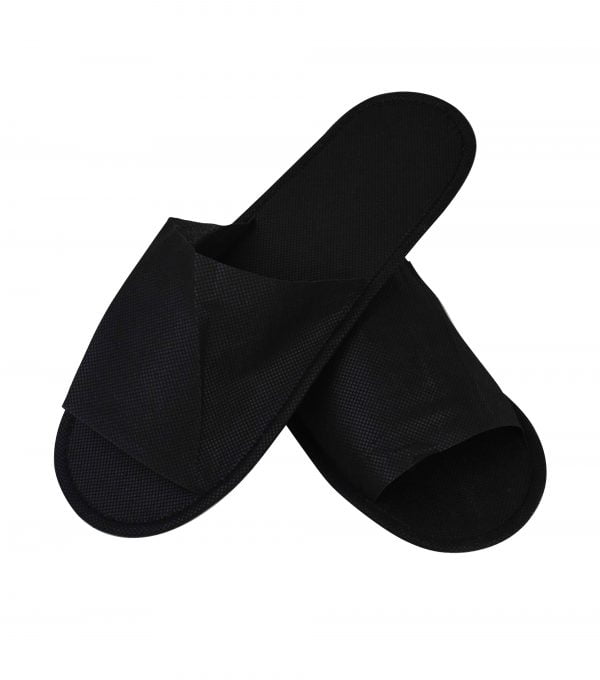
Anyone can succeed and launch a business in the salon and spa sector, irrespective of education or prior employment. Nothing is more satisfying than watching someone exit your home beauty salon with a new sense of confidence and self-esteem.
Supporting someone else to look and feel good about themselves is immensely fulfilling.
There are no restrictions or constraints in the beauty sector, and you can even complete training for beauty treatments online. If you put in the effort, use quality beauty supplies, and take excellent care of your customers, success is within your grasp.
That’s precisely how straightforward it is. If you are training as a beauty therapist, working in a salon, or working as a mobile beauty therapist and want to start a home beauty salon, our team is here to assist you.
Our Top Ten Tips to Start a Beauty Salon at Home
1. Read your mortgage conditions or tenancy agreement
Speak with your mortgage lender: When you purchase a property with a mortgage, the lender will provide you with the conditions of your mortgage. This will include several clauses that you must abide by. These will generally involve changing the use or occupation of your property.
If you want to start a beauty salon at home, this would be a change of use, and you will need to obtain permission from your lender. Additionally, most mortgage conditions stipulate that you must not change the internal structure if it will potentially reduce the value of your property.
Speak with your landlord/estate agent: If you are renting, read through your tenancy agreement to check for any stipulations about running a business from home. Even if there are none, you must speak with your landlord or estate agent and obtain written permission to start a home beauty salon. Failing to do this could lead to your tenancy being terminated, and you might have to pay the rent in full to the end of your tenancy agreement.
2. Contact your local council
Registration: You should contact your local council to register your home beauty salon and apply for a premises licence.
Planning permission: You may need to apply for planning permission to add an extension or set up your beauty salon in a separate building in the garden. You can contact the local planning authority through your local council for further information.
Business rates: You may be required to pay business rates in addition to council tax.
Business rates typically apply if you supply goods or services to customers or make changes to your home for your business, such as turning a garage into a home beauty salon.
If you’re unsure about whether you need to pay business rates, contact:
- UK: Valuation Office Agency (VOA)
- Scotland: Local assessor
3. Licences
Treatments: Depending on the treatments you provide, registration with the environmental health department of your local authority might be required. Some treatments that are prohibited unless the official authorisation of your registration has been processed and a certificate has been obtained are skin piercing, tattooing, acupuncture, electrolysis and semi-permanent makeup.
Music: If you want to play music or have the radio on in your home beauty salon, you will need to get a music licence from PPL PRS Ltd.
4. Health and safety regulations
The Health and Safety Executive has a helpful business guide to health and safety regulations for your home beauty salon. It is essential to take time to look through this and ensure you are compliant with the law.
5. Insurance
You must contact your insurance provider, as standard household insurance doesn’t extend to your home salon.
Business insurance: This is required to cover your property, equipment and stock. There are various types of business insurance, so take time to read all of the terms and conditions. It’s imperative to be completely honest about your beauty salon equipment, stock and the room you plan to use for your home beauty salon. Not providing accurate information means that not only could a claim be rejected, but you could also face criminal charges.
Personal liability insurance: This is required to cover you if a customer injures themselves or a treatment results in harm. Without liability insurance, you would be personally liable and have to pay compensation if the customer took you to the small claims court.
6. General Data Protection Regulation (GDPR) and record keeping
GDPR: Keeping any record of personal information on your customers needs to comply with GDPR regulations. If you fail to comply with GDPR, the Information Commissioner’s Office (ICO) may prevent you from keeping customers’ data and issue you a fine.
7. Tax and Financial Liability
Sole trader: If you plan to work alone or have a partnership, you can register free of charge as a sole trader with HM Revenue & Customs (HMRC).
Limited (LTD) company: Your other option is to register as a limited company. The main advantage of this is limited liability. This means that your assets will be safe should your business encounter financial difficulties and you end up in debt. You can find out how to register a limited company with Companies House.
Tax breaks: When you work from home, you can claim tax relief on your business expenses. This includes council tax, heating, and phone calls. Make sure you apply these when you submit a self-assessment return.
Capital gains tax: When you use a section of your home for a business, you could be subject to capital gains tax when you sell your home. You can find out more about this at the GOV.UK website.
8. Business bank account
A separate business account for collecting from clients and paying vendors makes it easy to document transactions and pay for salon essentials. A business bank account also allows you to accept credit and debit card payments and gain quicker access to credit.
9. Processing payments
You can use a business bank account to process card payments, but you should also consider purchasing a card machine. This allows you to take contactless payments, and customers often prefer to make payments via cards using a machine.
10. Purchasing Stock and Equipment
You will need to purchase stock and equipment and it can be easy to overspend. To ensure you stick to a budget make a list of the treatments that will bring in the highest amounts of profit and the ones that are likely to be in the most clients. Then work out your treatments based on this information accounting for the equipment and stock you will require. It’s better to have too much stock and offer fewer treatments to begin with, as running out of a product during the day, or worse in the middle of a treatment could damage your long term reputation.
Shop at Salon Serve for top brands, and save with SalonServe’s own brand products and salon equipment — claim your 10% discount code when you subscribe to our Mailing List.
Join Our Beauty Catalogue Mailing List
Enjoy special access to the most recent innovations in beauty salon supplies, furnishings, and equipment. Get your regular product updates, special deals, exclusive savings and a 10% discount code when you subscribe.
 Established In 1994
Established In 1994






